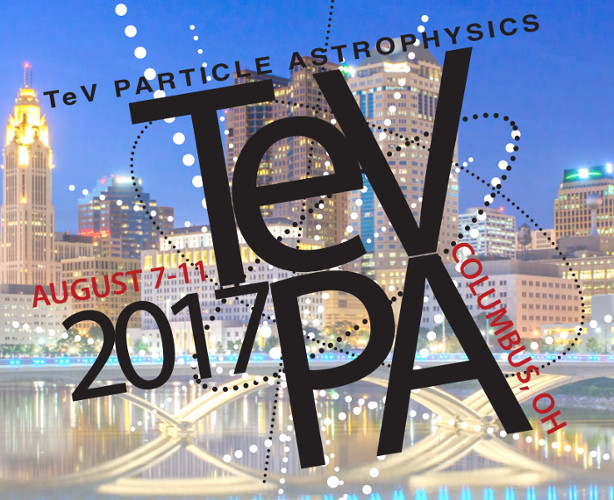Speaker
Description
After the discovery of extraterrestrial high-energy neutrinos, the next major goal of neutrino telescopes will be identifying astrophysical objects that produce them. The flux of the brightest source Fmax, however, cannot be probed by studying the diffuse neutrino intensity. We aim at constraining Fmax by adopting a broken power-law flux distribution, a hypothesis supported by observed properties of any generic astrophysical sources. The first estimate of Fmax comes from the fact that we can only observe one universe, and hence, the expected number of sources above Fmax cannot be too small compared with one. For abundant source classes such as starburst galaxies, this one-source constraint yields a value of Fmax that is an order of magnitude lower than the current upper limits from point-source searches. Then we derive upper limits on Fmax assuming that the angular power spectrum is consistent with neutrino shot noise yet. We find that the limits obtained with upgoing muon neutrinos in IceCube can already be quite competitive, especially for rare but bright source populations such as blazars. The limits will improve nearly quadratically with exposure, and therefore be even more powerful for the next generation of neutrino telescopes.




